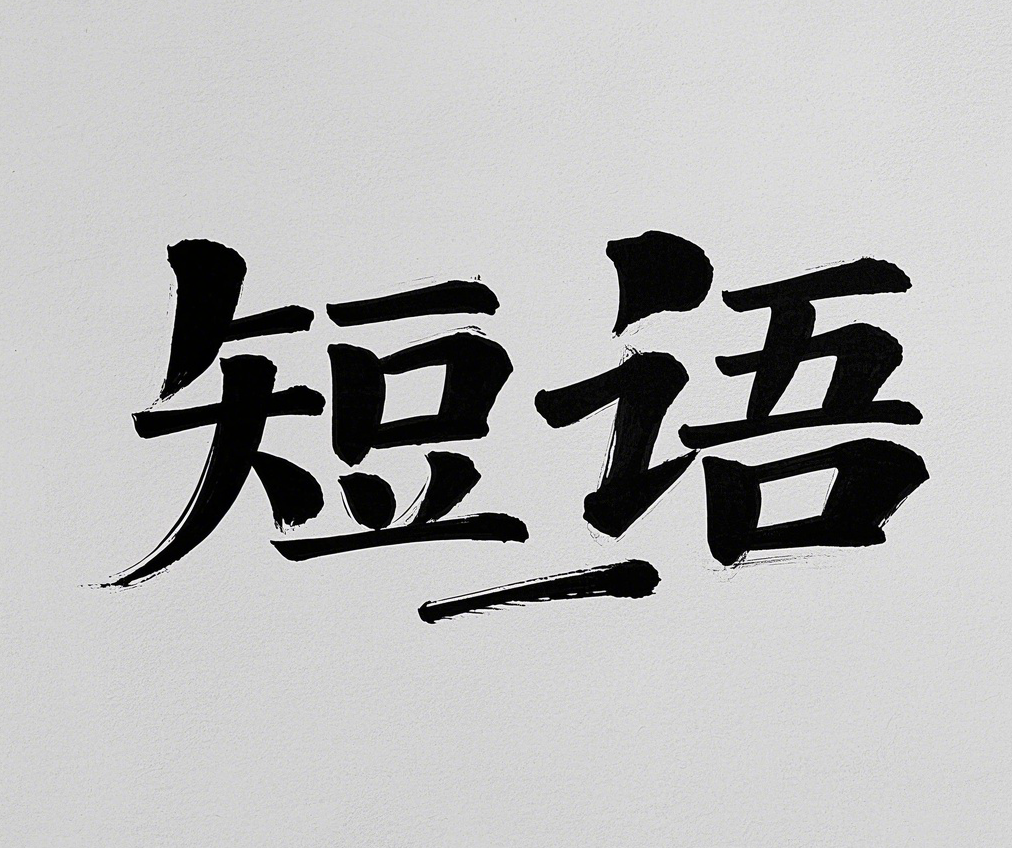vacuum release valve
简明释义
真空放泄阀
英英释义
例句
1.During the test, we noticed that the vacuum release valve was leaking air.
在测试过程中,我们注意到真空释放阀漏气。
2.Make sure the vacuum release valve is functioning properly before starting the machine.
在启动机器之前,请确保真空释放阀正常工作。
3.If the vacuum release valve is blocked, it could lead to a dangerous situation.
如果真空释放阀被堵塞,可能会导致危险情况。
4.The vacuum release valve is essential for preventing pressure build-up in the container.
为了防止容器内压力过大,真空释放阀是必不可少的。
5.The technician replaced the faulty vacuum release valve to ensure safety.
技术员更换了有故障的真空释放阀以确保安全。
作文
In the world of engineering and fluid dynamics, understanding various components that contribute to the safe and efficient operation of systems is crucial. One such component is the vacuum release valve, a device designed to maintain atmospheric pressure in a system by allowing air to enter when a vacuum is created. This simple yet effective mechanism plays a significant role in preventing potential damage to equipment and ensuring smooth operations across various applications.The primary function of a vacuum release valve is to prevent the formation of a vacuum within a closed system, which can occur due to temperature changes, fluid withdrawal, or other operational factors. When a liquid is drained from a tank, for example, the rapid removal of the liquid can create a vacuum, leading to structural stress on the tank walls. If the pressure differential becomes too great, it may result in catastrophic failure, including implosion or collapse. Thus, the vacuum release valve serves as a protective measure, allowing air to enter the tank and equalizing the pressure.These valves are commonly used in various industries, including water treatment, chemical processing, and food production. In water treatment plants, for instance, a vacuum release valve ensures that tanks do not experience excessive negative pressure during the filling and draining processes. Similarly, in chemical processing, maintaining proper pressure levels is vital for safety and efficiency. The use of a vacuum release valve helps to mitigate risks associated with pressure fluctuations, thereby enhancing the reliability of the system.Furthermore, the design of a vacuum release valve can vary depending on the specific application and requirements. Some valves are equipped with automatic mechanisms that open and close based on pressure changes, while others may require manual intervention. Regardless of the design, the core principle remains the same: to allow air ingress when a vacuum condition is detected, thereby protecting the integrity of the system.In addition to their protective functions, vacuum release valves also contribute to the overall efficiency of a system. By preventing the formation of vacuums, these valves help maintain optimal flow rates and reduce the energy required to operate pumps and other equipment. This efficiency not only leads to cost savings but also supports sustainability efforts by minimizing energy consumption.In conclusion, the vacuum release valve is an essential component in many industrial applications, providing crucial protection against vacuum formation and contributing to system efficiency. Understanding its function and importance can help engineers and operators make informed decisions regarding system design and maintenance. As industries continue to evolve and seek more efficient solutions, the role of devices like the vacuum release valve will undoubtedly remain significant, ensuring safety and reliability in fluid management systems.
在工程和流体动力学的世界中,理解各种组成部分对于系统的安全和高效运行至关重要。其中一个组件是真空释放阀,它是一种设计用来通过允许空气进入来维持系统中的大气压力的装置,当产生真空时。这种简单而有效的机制在防止设备潜在损坏和确保各种应用平稳运行方面发挥着重要作用。真空释放阀的主要功能是防止封闭系统内形成真空,这可能由于温度变化、液体抽取或其他操作因素而发生。例如,当从罐中排出液体时,液体的快速移除可能会产生真空,从而导致罐壁的结构应力。如果压力差变得过大,可能会导致灾难性故障,包括内爆或坍塌。因此,真空释放阀作为一种保护措施,允许空气进入罐中,从而平衡压力。这些阀门广泛应用于水处理、化工和食品生产等各个行业。例如,在水处理厂,真空释放阀确保在填充和排放过程中罐不会经历过大的负压。同样,在化学加工中,维持适当的压力水平对安全和效率至关重要。使用真空释放阀有助于减轻与压力波动相关的风险,从而提高系统的可靠性。此外,真空释放阀的设计可以根据特定应用和要求而有所不同。一些阀门配备了自动机制,根据压力变化打开和关闭,而其他阀门可能需要手动干预。无论设计如何,核心原理保持不变:在检测到真空条件时允许空气进入,从而保护系统的完整性。除了保护功能外,真空释放阀还提高了系统的整体效率。通过防止真空的形成,这些阀门有助于维持最佳流速,并减少操作泵和其他设备所需的能量。这种效率不仅带来成本节约,还通过最小化能耗支持可持续发展努力。总之,真空释放阀是许多工业应用中的重要组成部分,提供对真空形成的关键保护并有助于系统效率。理解其功能和重要性可以帮助工程师和操作员在系统设计和维护方面做出明智的决策。随着各行业不断发展并寻求更高效的解决方案,像真空释放阀这样的设备的角色无疑将继续保持重要性,确保流体管理系统的安全性和可靠性。
相关单词
